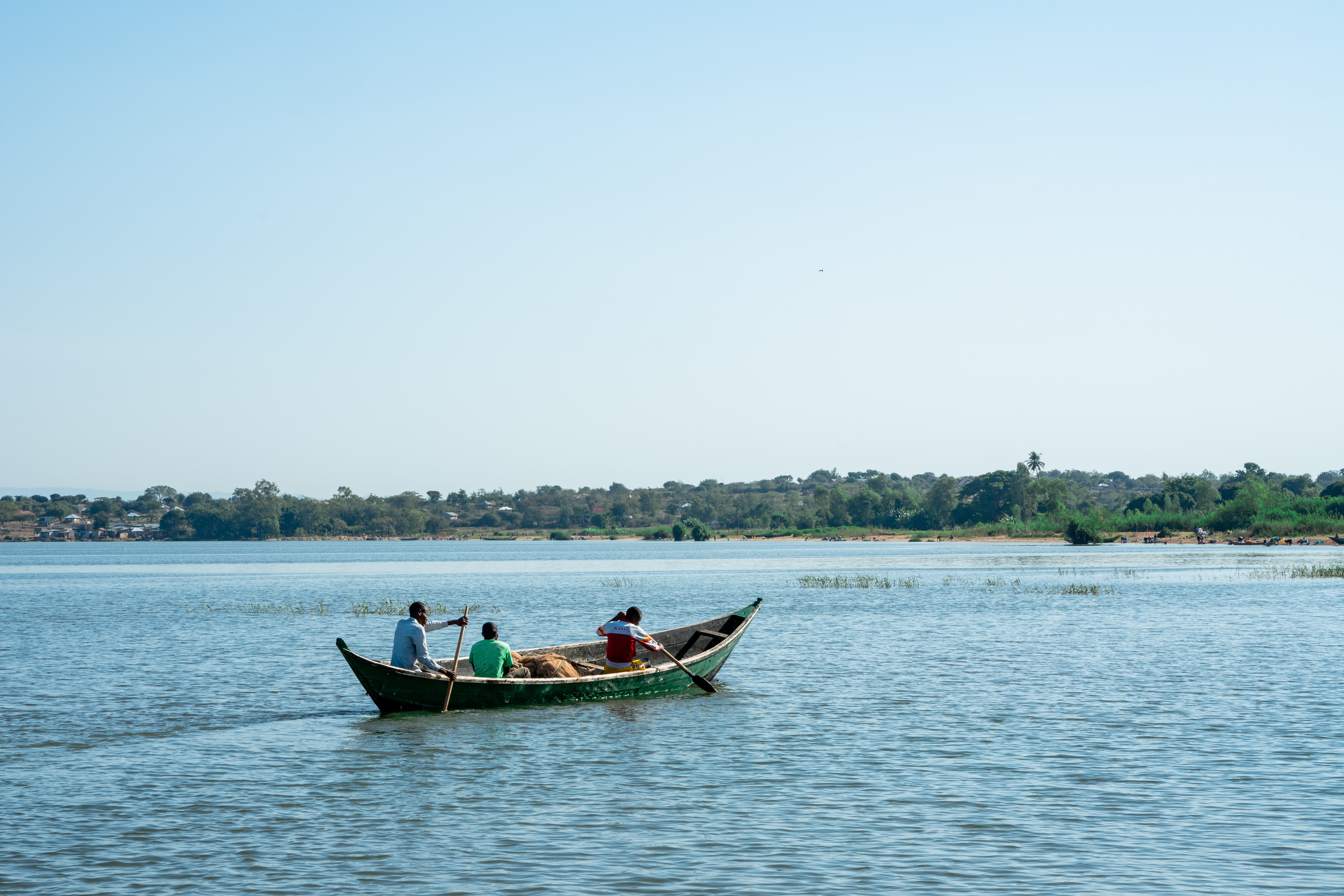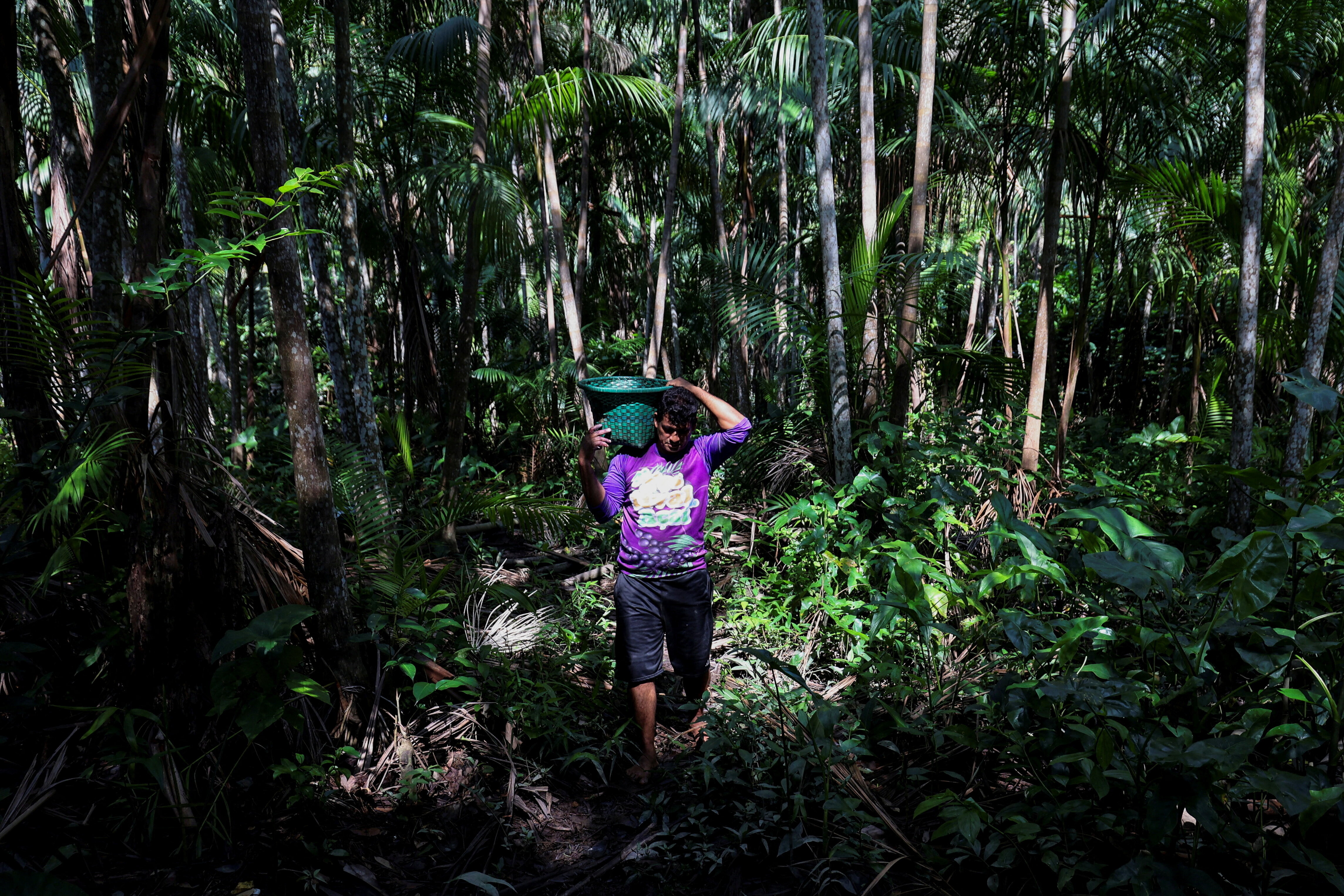These countries have been the hardest hit by food price inflation

The global cost-of-living crisis has left many countries facing double- and even triple-digit year-on-year food price inflation. Image: Unsplash/Philip Myrtorp
Listen to the article
- The global cost-of-living crisis has left many countries facing double- and even triple-digit year-on-year food price inflation.
- Zimbabwe has seen the prices of food increase by 285%, the hardest-hit of any nation.
- The World Bank has announced a $30 billion support package aimed at boosting food and nutrition security, reducing risks and strengthening food systems.
- The World Economic Forum’s latest Chief Economists Outlook says the cost-of-living and energy crises could ease by the end of 2023.
Historically high commodity prices, Russia’s war in Ukraine, volatile fertilizer markets and other causes, have left many countries facing a cost-of-living crisis with double- and even triple-digit food price inflation, according to the World Bank.
Around four-fifths of low-income countries and more than 90% of lower-middle-income countries have seen year-on-year food price increases in excess of 5% in 2023, with many facing much higher inflation rates, the World Bank’s Food Security Update states.

Zimbabwe has seen extreme year-on-year food price inflation reaching 285%, the hardest-hit of any nation, while in Venezuela the figure is 158%, falling to 143% in Lebanon.
Fourth-highest Argentina recorded the highest double-digit food inflation at 95%, compared to tenth-highest Haiti with year-on-year price increases of 53%.
The global food crisis has been exacerbated by the imposition of food trade restrictions imposed following Russia’s invasion of Ukraine, as countries attempted to increase domestic food supplies and curb inflation.
As of December 2022, 19 countries have imposed food-export bans and eight have put in place export restrictions, according to the World Bank.
Cost-of-living crisis is world’s biggest threat
The impact of the cost-of-living crisis tops the World Economic Forum’s Global Risk Report 2023 list of most severe threats over the coming two-year period, as governments and central banks seek to contain stubborn inflationary pressure.
“Food price increases are having devastating effects on the poorest and most vulnerable,” said World Bank Group President David Malpass.
“Countries should make concerted efforts to increase the supply of energy and fertilizer, help farmers increase plantings and crop yields, and remove policies that block exports and imports, divert food to biofuel, or encourage unnecessary storage,” he said.

What can be done to ease the inflationary burden on global food prices?
In May 2022, the World Bank announced a $30 billion support package to scale up both existing and new short- and long-term projects aimed at boosting food and nutrition security, reducing risks and strengthening food systems.
Priorities include taking action to support farmers and their output. Measures proposed include removing input trade barriers, using more efficient fertilizers and reshaping government policies and resources to increase next year’s production.
Moves are also aimed at reaching international consensus among G7, G20 and other groups to ease barriers to global trade. This means countering protectionist measures like national export restrictions, which drive up food prices, and import restrictions that dampen production in the developing world.
Vulnerable communities need support, by scaling up targeted, nutrition-sensitive social protection programmes and ensuring early response financing mechanisms are properly funded, the World Bank says.
And investment is needed to make increasingly fragile food systems more resilient to impacts like trade disruptions, economic shocks and disruptions from conflict, climate change, diseases and pests. This means balancing short-term needs with long-term investment to ensure a secure food future for all.
Looking to the immediate future, there are tentative signs of optimism as the World Economic Forum’s latest Chief Economists Outlook points to the possibility of both the cost-of-living and energy crises easing by the end of 2023.
What is the World Economic Forum doing to help ensure global food security?
Don't miss any update on this topic
Create a free account and access your personalized content collection with our latest publications and analyses.
License and Republishing
World Economic Forum articles may be republished in accordance with the Creative Commons Attribution-NonCommercial-NoDerivatives 4.0 International Public License, and in accordance with our Terms of Use.
The views expressed in this article are those of the author alone and not the World Economic Forum.
Stay up to date:
Food Security
Forum Stories newsletter
Bringing you weekly curated insights and analysis on the global issues that matter.
More on Food, Water and Clean AirSee all
Abraham Baffoe
November 18, 2025






